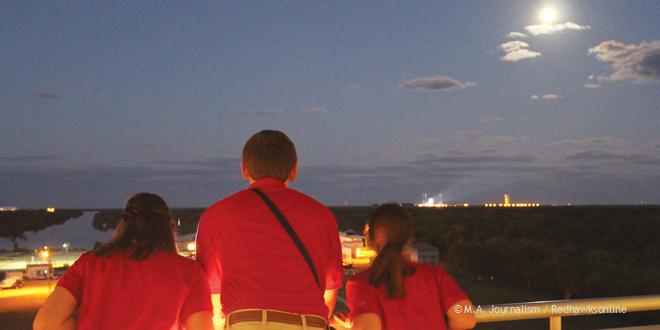The Plant Team of Minnehaha’s ARE class is studying the effect of microgravity on phototropism; i.e. how microgravity affects orientation of plants toward or away from a light source. A plant will first orient itself by its sense of gravity; this is why plants grown in the dark grow similarly to those grown under light. Since the shoots grow toward light, the shoots may bend as the light source moves around. By observing phototropism in microgravity, Minnehaha students are adding to the early understandings of botany in space.
In this experiment, rice seeds are placed in a growth chamber and will be allowed to grow in water-soaked sodium polyacrylate, an inert and clear substance that allows one to observe the roots in addition to shoots.
The seeds are attached to a mesh in the middle of its growing chamber so both root and shoot growth can be observed.
An LED light in the top right corner of the growing chamber will be the only source of light. After 10 days, the light will be switched off while another LED light in the top left corner of the growing chamber will be turned on for another 10 days. Both lights will have an on-off cycle of 12 hours to mimic day/night cycles, and a water pump will frequently pump a small amount of water into the chamber to maintain the moisture of the substrate and thus the seeds.
The progress of the experiment will be viewed with a camera that will take pictures of the growing chamber every 12 hours.
Meanwhile, an identical ground unit is being run so students can directly compare the effects of the decreased amount of gravity.

